The Statkraft solar park just outside Emmen, the Netherlands.
In an ideal world, the energy scarcity triggered by the war in Ukraine would serve as a wake-up call to accelerate the transition to renewable energy. However, it is far from clear whether green energy alone can plug the gap, and this has left Europe scrambling for alternatives, even more polluting ones. In the foreseeable future, power generation is likely to proceed along several diverse tracks, and valves will play an important role in enhancing energy efficiency.
By James Chater
Hard choices
“Ukraine or air conditioning?” This how a friend of mine starkly summed up the dilemma the world – and especially Europe – is facing as the war in Ukraine drags on.
How determined are we to curb Russian aggression by phasing out imports of Russian gas? The question has huge economic implications and will also affect the pattern of energy consumption for years to come. Assuming that European resolve holds, gas piped from Russia will disappear, but it will only be partly replaced by LNG. Tough and difficult choices will have to be made. For instance, Germany, which is committed to phasing out nuclear power, will keep its last three plants open for the time being and will have to rely more on its polluting lignite coal industry. Several European countries are turning to coal to plug their energy gap.
There is no magic bullet. Each energy type comes with its own advantages and disadvantages (Table 1).

Hydro
Hydroelectric power is still the largest source of renewable electricity and is expected to grow by 50% by 2040. Most of the growth is occurring in Asia, which also hosts the largest ever project, China’s Three Gorges Dam. The IEA expects hydro’s share of renewable electricity to fall below 50% in 2024 as that of wind and solar increases.
Solar
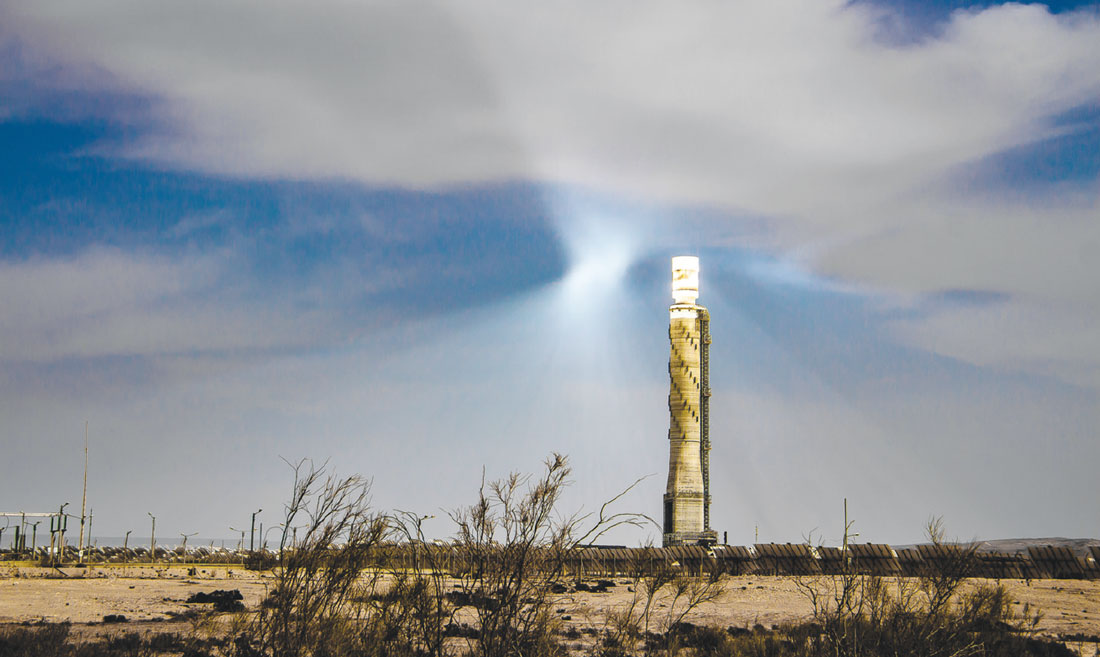
Solar and wind are the fastest growing renewables, mainly because prices have plummeted over the years, and they are relatively easy to instal. (Prices ticked up in 2022, breaking a long-term trend, but they are still competitive with fossil fuels as these too have risen in price.) However, both are vulnerable to weather fluctuations (the wind does always blow; the sun does not always shine), so can work effectively only in tandem with efficient storage systems (see “Energy Storage” below).
Growth in solar PV has been spectacular and is expected to contribute 60% of the growth in renewable capacity in 2022 (2). It can be installed flexibly to fit in with existing superstructure: on roofs, as roofs, floating on water, as paving… Technical innovations con-tinue to improve efficiency; for instance, by combining a perovskite solar cell with a textured silicon solar cell, an efficiency of 29.2% can be achieved. One of the most ambitious PV projects is the planned 1100MW project in Port Açu and additional locations in Brazil, to be built by a Chinese consortium.
Less flexible and more complicated to site is Concentrated Solar Power (CSP). This is a much smaller market than PV and uses a more expensive technology, but it has the advantage of integrating energy capture and storage, often using molten salt as a medium. Spain and the USA are the market leaders. The largest current such project is the UAE’s Noor Energy 1.
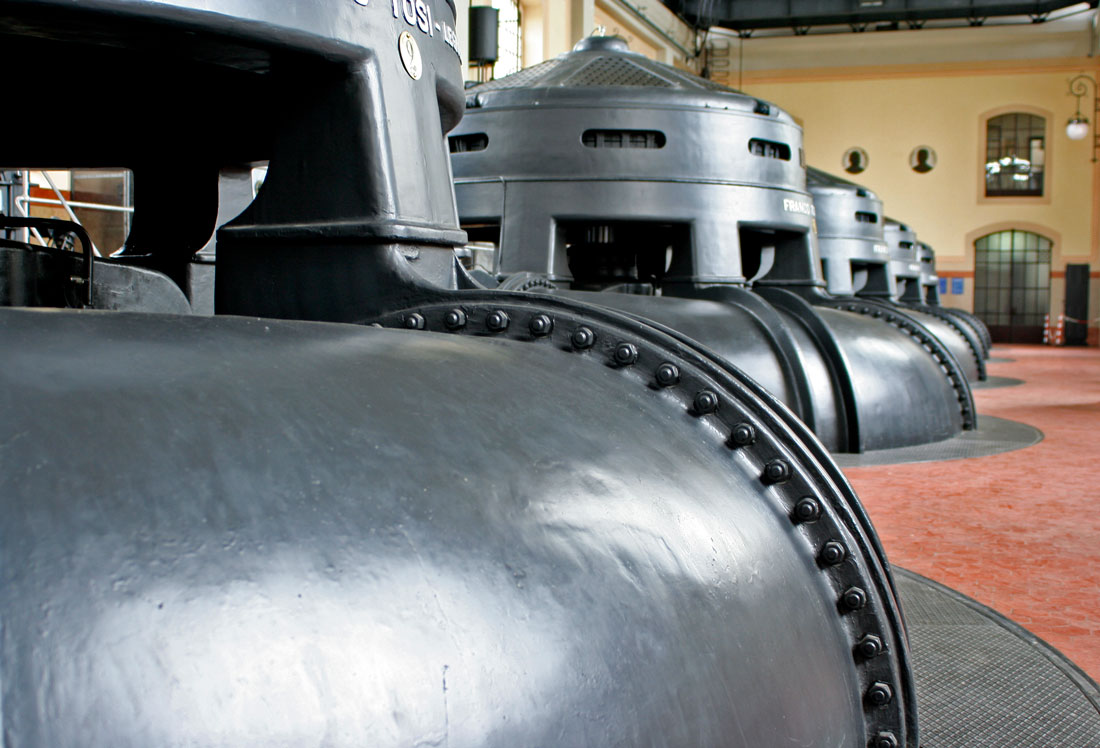
Energy Storage
Solar and wind power are intermittent forms of energy and cannot function properly unless storage is used to capture excess energy at times of abundance and release this energy when demand exceeds supply. The oldest form of energy storage occurs in hydro energy, when water is pumped uphill then released to drive a turbine. Gravity is also used in other devices, and other alternatives include compressed air and cryogenic air. The fastest growing storage device is the lithium ion battery, also used in electric vehicles. But lithium is expensive, bulky, causes fires and, being sourced mainly in China, is subject to geopolitical risks. So scientists are researching alternatives, though no clear leader has emerged. Another fast-growing storage device is hydrogen, which is “green” if produced by electrolysis fuelled by renewable energy. It can be stored and transported in compressed or liquefied form.
Wind
The second renewable “star” is wind energy, with onshore additions from 2021-26 set to increase by 26% compared to the period 2015-20. As turbines get larger (China’s Min-gYang Smart Energy having just set a record at 242 metres of diameter), larger economies of scale are achieved. China accounts for around half the onshore additions since 2015, with Europe and the USA in second and third place.
The offshore sector is smaller but also expected to grow rapidly. It has at least two advantages over land-based wind power: steady wind sources and synergy with tidal/wave energy and seawater desalination (for example, TechnipFMC and Bombora’s project combining wave and wind power). Another advantage is that floating wind turbines are likely to gain importance as a way of generating electricity in deep water. Most of the projects up to now have been Europe-based, concentrated in the North Sea and the Irish Sea (the Equinor/SSE Dogger Bank, BP’s Morgan and Mona 3 GW project; the Norfolk Offshore Wind Zone), but offshore wind investments are now taking hold in the USA (which aims to instal 30 GW by 2030), Vietnam, Taiwan, S. Korea and Japan.
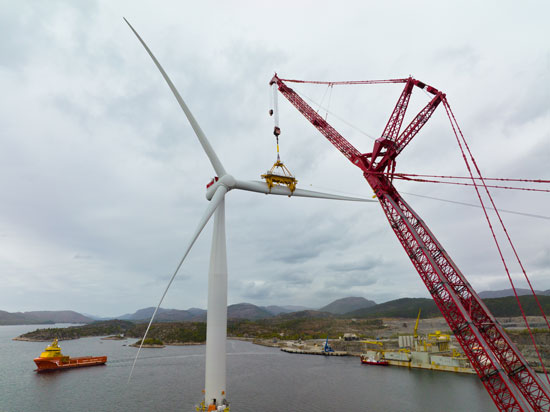
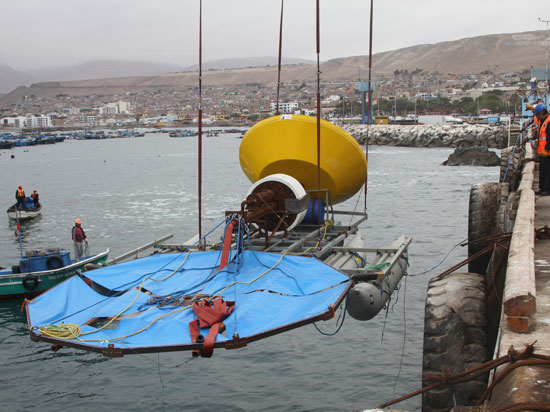
Wave and tidal
Wave and tidal energy exploits waves and tides to capture energy. It could equally be called “lunar gravity” energy. Various technologies exist, but high costs have meant that progress has been slower than with solar and wind. It has taken until 2023 for the first commercial wave energy project to come online, off Póvoa de Varzim in Portugal. From 2023-24 the market is expected to accelerate, with growth of 33.2% between 2021 and 2028. Apart from Portugal, countries pursuing wave/tidal energy include Chile, the UK, USA, Australia and S. Korea.
Geothermal
Another energy type that has lagged because of costs but holds great promise is geothermal power. Advantages include a steady heat source and synergy with combined heat and power (as in the Eden Project in Cornwall, UK). Up to now, the number of sites has been limited to those where geothermal heat lies close to the earth’s surface, but a new project by MIT could change this. Quaise, an MIT start-up, plans to drill 12 miles into the earth using fusion drilling, which it is hoped will make a near limitless source of energy more easily accessible.
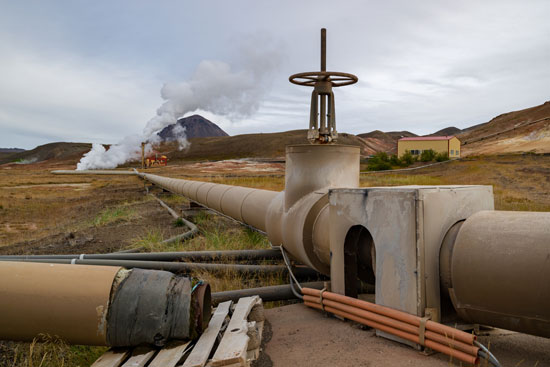

Biofuels
Biofuels have become a well-established energy sector, with many fossil-fuel power stations retooled to process biofuels as well as numerous greenfield projects. Creating energy from biomass is controversial (Table 1). Despite the environmental dangers, however, there is a place for it, and recent solar biofuel projects, which mimics photosynthesis to create biofuels, may answer some of the ecological objections.
Valves
The diversity of renewable energy development presents great opportunities for valve makers. Some sectors, such as biofuels and hydrogen, are fast growing. Vogt Valves recently opened a plant dedicated exclusively to cryogenic valve production in Cenate, Bergamo, Italy. It has just developed its new C-330 series of Bellows Sealed Globe valves designed for liquid hydrogen applications. In July Samson supplied the valves for a green hydrogen plant in Völs, near Innsbruck. Shell and GTT are working on a liquid hydrogen carrier, an indication of how fast the sector is growing. Circor’s high-pressure valve technologies, control valves, and pumps are all made for use in the hydrogen economy. Many companies are supplying valves for CSP plants. OHL Gutermuth supplied valves for the construction of the world’s largest CSP plant in Dubai and is involved in a project with SEC Shanghai Electric.
There is also demand for valves that can handle molten salt both in nuclear power stations and CSPs. A molten salt storage system typically consists of a hot tank, a cold tank, and a number of pumps and valves. The valves must withstand extreme heat and a highly corrosive environment and, in the case of nuclear power, radioactive substances. The Sandia laboratory in the USA is testing such instrumentation, while Valcor recently designed a new two-way, normally open solenoid valve that could handle molten radioactive substances.
About this Featured Story
This Featured Story is an article from our Valve World Magazine October 2022 issue. To read other featured stories and many more articles, subscribe to our print magazine. Available in both print and digital formats. DIGITAL MAGAZINE SUBSCRIPTIONS ARE NOW FREE.
“Every week we share a new Featured Story with our Valve World community. Join us and let’s share your Featured Story on Valve World online and in print.”


